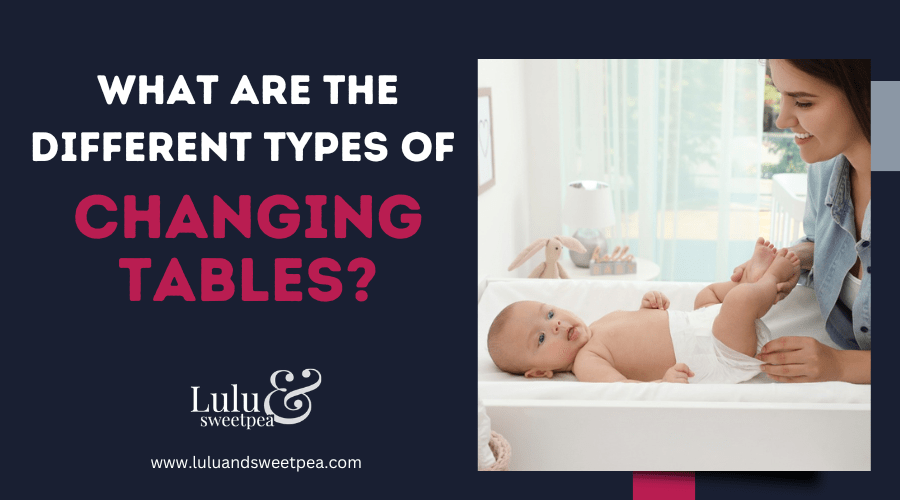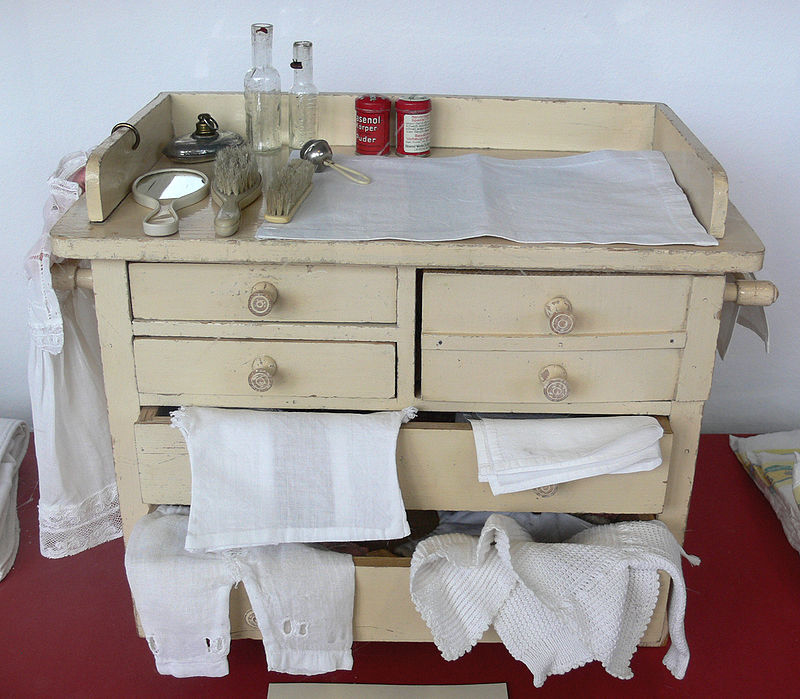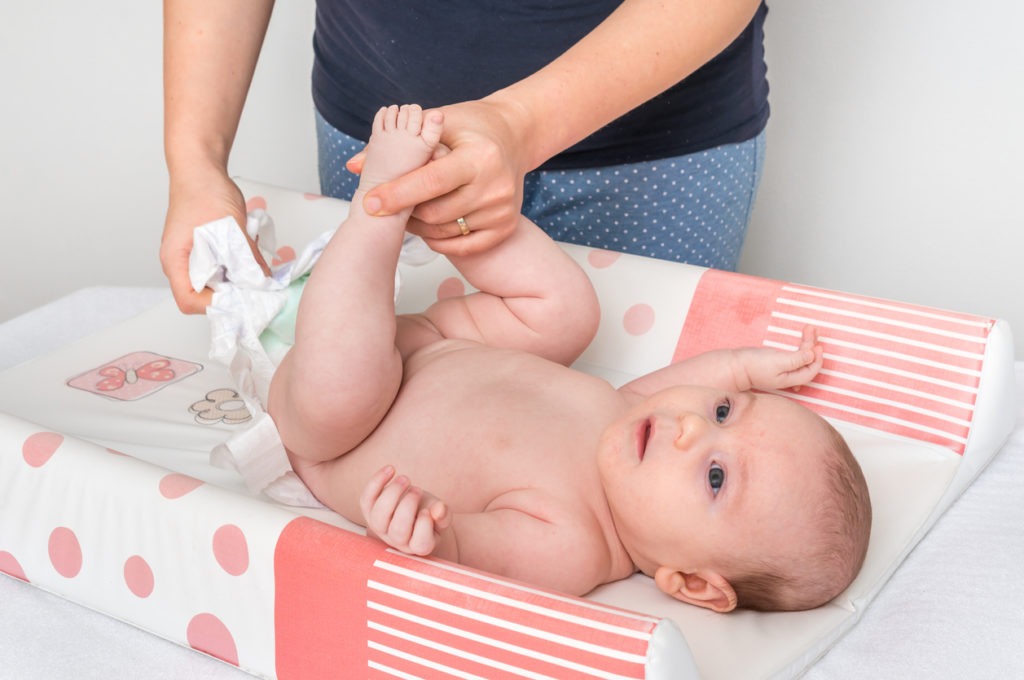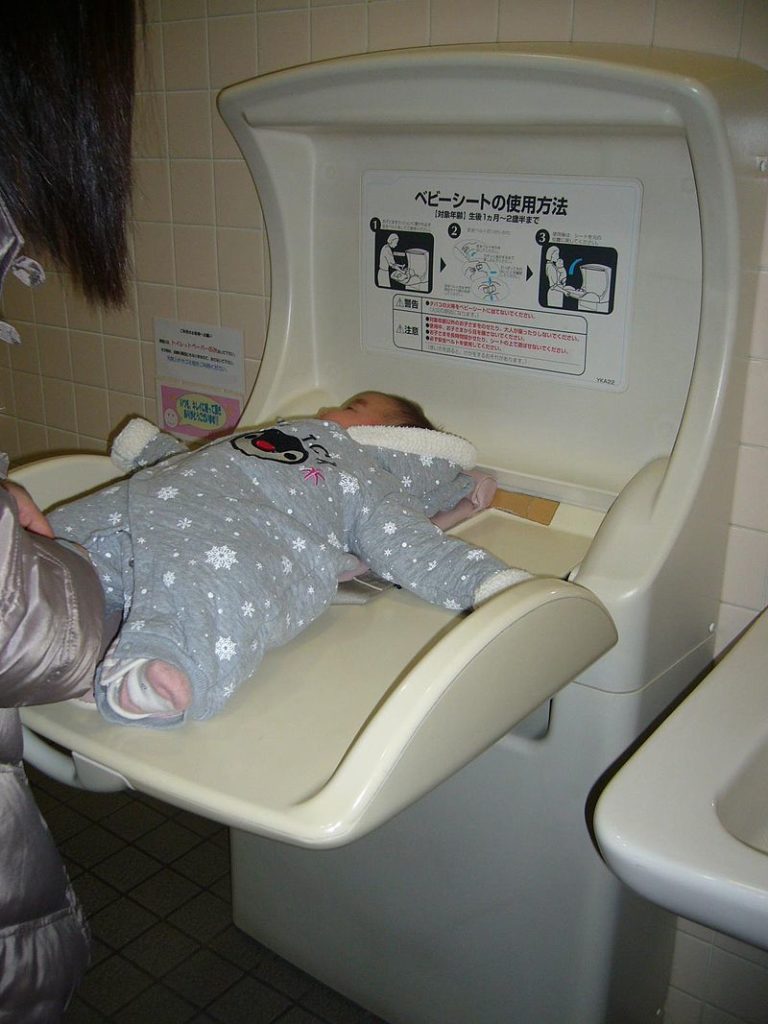Every new mom must anticipate an onslaught of soiled diapers. Many find it useful to build a diaper-changing station where everything is within reach.
However, not all diaper-changing stations are identical. There are numerous varieties, and some are more hazardous than others. For instance, changing table dressers are utilitarian pieces of furniture topped with a diaper station. This variant conserves space but has a higher injury rate than alternatives, such on the floor.
Learn about the various kinds of baby changing stations and the safest ways to use them prior to selecting the ideal changing table for you.
Types of Changing Tables
If you’ve already begun nesting, you may have observed that the majority of changing tables fit into one of three categories:
- Changing tables with excellent storage possibilities.
- Space-saving, convertible changing tables that are directly attached to the crib.
- Convertible changing tables atop a chest of drawers that may be used as a dresser long after the child has been toilet trained.
Examples of changing tables include:
Wooden Changing Tables
The majority of people who are setting up a nursery choose for traditional wooden changing tables. They come in a variety of colors, shapes, and sizes, so you can easily select one that complements the rest of the room’s furnishings. When purchasing a new changing table, you frequently have the option of purchasing it as part of a set with the crib.
This indicates that it will appear unified and the room will be well-organized. When selecting a wooden changing table, ensure that your room is large and sturdy enough to hold this heavy piece of furniture. They tend to lend a great deal of visual weight to the room due to their size, and not every nursery can accommodate this without appearing too cramped and dim. The use of lighter woods and white-painted changing tables will assist mitigate this issue.
Folding Changing Tables
The days of vacationing without a clean place on which to change your baby are over. When you purchase a foldable changing table, you may quickly transport it to a new room in your home or on a cross-country trip. When you need a flat, clean surface to change a baby, they are simple to open and unfold. Additionally, they are remarkably easy to store and take up very little space.
While some families choose a more permanent piece of furniture for changing their infant, if you have a small nursery and do not mind storing the changing table after each use, a foldable table may be the best option for you. Unfortunately, they are not nearly as durable as other options, so despite the fact that it may be tempting to leave the folding table set up in the room, you must ensure that the child cannot easily pull it down on themselves.
Changing Table with a Detachable Tray
At some time, your child will mature, and you will no longer require a changing table. The issue with changing tables without detachable trays is that they are limited to their intended function. If you want to purchase durable furniture that can be repurposed as a dresser, you should seek for a changing table with a removable tray.
While these trays will be securely fastened to the changing table when it is being used for its primary function, they may be readily removed when the table is no longer being used to change diapers. This allows you to continue using the piece of furniture as a dresser, saving you money in the long term because you won’t need to purchase new furniture as your child develops.
You must ensure that the removable tray is securely fastened to the changing table so that your baby is safe when you are changing their diaper; otherwise, the tray may slide off the top of the table.
Combination Changing Table and Bathtub
If you get a combination changing table and bathtub, you will be able to bathe your baby at a comfortable height, rather than in the bathtub or the kitchen sink. You will also be able to change your baby at a suitable height. The plastic surface is waterproof, allowing you to bathe your child, and once dry and cleaned clean, it serves well as a changing table. The incorporated safety strap prevents your infant from rolling over and becoming hurt during bath time or diaper changes.
Corner-Situated Changing Tables
Obtain a changing table that will fit into a corner of the nursery to conserve space. Utilizing the corner of your nursery, as opposed to placing a huge piece of furniture against a wall, will allow you to make the most of the space available.
In addition to being excellent at maximizing space, these changing tables typically include shelves and even drawers so that you can store everything you need right there. Despite the fact that these changing tables are more difficult to locate than regular ones due to their size and lack of popularity, they are well worth the price if you have a small nursery and need to make the most of your space.
Safety Concerns Regarding Baby Changing Tables
You must ensure that the table you choose for your infant is as safe as possible. Consider the following when evaluating a station’s safety:
- The type of material from which it is produced. The ideal surfaces are firm, smooth, and water-resistant because they are easier to clean and limit the growth of bacteria in cracks or on soaked fabric.
- Quantity of guardrails. The most secure changing stations will have at least a 2-inch-tall protective barrier on all four sides. This makes it more difficult for your infant to roll over.
- The structure’s durability. Ensure that attachment-based alternatives are compatible with your existing furniture and can create a snug fit. Test the stability of all tables in the store by vigorously shaking and pressing on them.
- The type of pad currently in use. Some changing tables include additional changing pads that fit within their barriers. Ensure that the pad is correctly sized. Some pads may be so thick that 2 inch guardrails are rendered ineffective. In this situation, 6 inch guardrails or a thinner cushion are preferable.
- The availability of a safety strap. Make sure you understand how to utilize the safety strap that should be included with all professional diaper tables. You should not purchase a table without a safety strap.
To summarize
Baby changing tables originated as a way for parents to work outside the home with their children in tow. In 1986, changing tables or stations were established in restaurants, theaters, grocery stores, shopping complexes, and amusement parks, among other public locations.
As the need for a separate diaper-changing room became evident, changing tables have also become commonplace household items. In addition to being versatile, they offer space-saving storage options.



